The Stages of Collective Bargaining

Understanding process of collective bargaining can be extremely beneficial for professionals within the motion picture industry. We'll provide an overview of the stages of collective bargaining, providing a detailed roadmap to guide you through each phase.
Preparation and Research
Before entering the negotiation room, meticulous preparation is paramount. This stage involves gathering comprehensive data on wage standards, working conditions, and historical agreements. Both the union and the employer must perform an exhaustive analysis of financial statements, industry trends, and employee needs. This foundational stage sets the tone for the entire negotiation process.
Identifying Key Issues
A critical component of preparation is identifying the key issues that will be the focus of negotiations. These may include wages, benefits, working hours, and job security. Understanding these issues from both the union's and the employer's perspectives allows for a more targeted and effective negotiation strategy.
Negotiation
The negotiation phase is where the core of collective bargaining takes place. This stage involves a series of meetings where both parties present their demands and counteroffers. Effective negotiation requires a deep understanding of labor laws, union regulations, and the specific needs of the motion picture industry.
Bargaining Techniques
Skilled negotiators employ various techniques such as interest-based bargaining, which focuses on mutual gains rather than adversarial positions. Open communication and transparency during this phase can significantly influence the outcome, fostering a collaborative rather than contentious atmosphere.
Tentative Agreement
Once both parties reach a preliminary consensus, a tentative agreement is drafted. This document outlines the agreed-upon terms and serves as a reference for both parties. It is crucial to ensure that all key issues are addressed comprehensively to avoid future disputes.
Review and Feedback
The tentative agreement is then reviewed by legal experts and stakeholders to ensure compliance with existing laws and regulations. Feedback is gathered from union members and management to ascertain that the agreement meets the expectations and needs of both parties.
Ratification
The ratification stage involves presenting the tentative agreement to the union members for approval. A vote is conducted, and the agreement is ratified if the majority of members are in favor. This stage is crucial as it legitimizes the agreement and formalizes the terms negotiated.
Implementation
Upon ratification, the final stage is the implementation of the agreement. This involves putting the agreed terms into action, including adjustments to payroll, benefits, and working conditions. Regular monitoring and audits ensure that both parties adhere to the terms of the agreement.
Training and Education
Effective implementation also requires training and educating both management and employees on the new terms. This ensures that everyone is aware of their rights and responsibilities, thereby minimizing misunderstandings and disputes.
Understanding the stages of collective bargaining is crucial for anyone involved in labor relations or the administration of union agreements. By meticulously preparing, negotiating effectively, and ensuring proper implementation, you can navigate this complex process with confidence and success.









